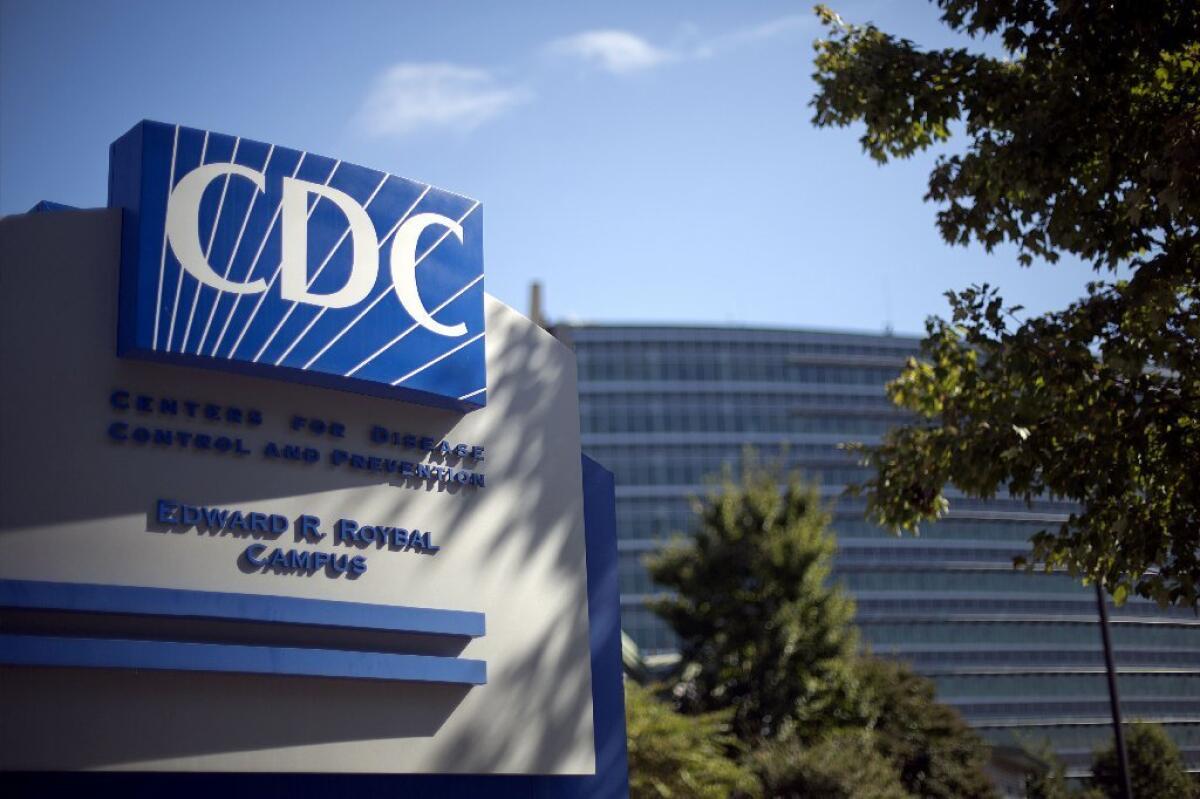Editorial: A CDC safety net full of holes

The recent safety lapses at the Centers for Disease Control and Prevention might have been chalked up to the sloppy work habits of a few employees, easily resolved, if it weren’t for the revelation last week that there has in fact been a systemic problem with laboratory safety for a number of years. These problems, involving dangerous pathogens, have been uncovered both at CDC laboratories and at other laboratories around the country that are overseen by the CDC. The problems could easily have endangered human lives.
USA Today obtained redacted versions of audits conducted from 2006 to 2009, which found lax security and inventory methods at numerous laboratories that handle pathogens that could be used in bioterrorism attacks. Not all of those audited were federal laboratories. Some were at universities, others at private companies, and some were run by local or state governments. But oversight of safety procedures at all of them was the responsibility of the CDC.
The audits by the inspector general of the Department of Health and Human Services, the CDC’s parent agency, found that the CDC didn’t catch security problems at 20 labs when samples of dangerous microbes were shipped, according to the USA Today report. And it failed to act quickly to correct the problems found at laboratories.
That makes the most recent lapses in the CDC’s own laboratories less startling though no less worrisome. In one case, a relatively benign bird flu virus was accidentally contaminated with a more deadly strain and then shipped to a laboratory of the Department of Agriculture, which quickly discovered how lethal it was when it killed several chickens. So far, the virus does not appear to have escaped the laboratory, and none of the workers there has fallen ill.
That occurred in March, and was not discovered by CDC leadership until this month, while CDC Director Thomas R. Frieden was investigating a separate incident in which one of the agency’s labs had failed to inactivate the anthrax bacteria in several vials before shipping them to another laboratory. A third incident that was widely cited last week was in fact the responsibility of the National Institutes of Health, which failed to send vials of smallpox to the CDC decades ago for safe storage. The CDC recently found them in an NIH storage unit. Now the Food and Drug Administration reports that it has found forgotten vials of other deadly diseases in cold storage.
Frieden has called the revelations of the last few months a “wake-up call” for his department, but the important question here is how they could have happened after those earlier audits. How could the pressing need for a review of protocols and retraining of lab workers, something Frieden is undertaking now, not have been obvious? In addition, six inspection reports from 2013 and 2014 found dozens of sloppy laboratory practices at the CDC. Those included torn protective gloves and improper venting.
In reports in 2009 and 2013, the Government Accountability Office expressed concern about the proliferation of laboratories handling pathogens that could be used in bioterrorism, which it said was occurring without a coordinated strategy. The GAO described security and safety as “fragmented.” It called for identifying a single, independent oversight “entity” to create and enforce tighter practices. Now is the time to heed that call, but that won’t be enough. Considering how badly the CDC performed its own oversight role, a broader campaign is needed to improve accountability.
That should include making audit results public, with any information that could aid would-be terrorists redacted, and making the continued employment of lab workers and officials contingent on satisfactory results. A congressional committee should scrutinize the audits in open meetings, adding a level of oversight from outside the executive branch. Among the issues that should be examined is whether the number of laboratories handling sensitive material should be reduced. The audits reported in USA Today covered only a few dozen of the more than 1,000 private, local, state and university laboratories that are entrusted with sensitive material; a more coordinated strategy might mean that fewer laboratories are needed to do the work.
Follow the Opinion section on Twitter @latimesopinion
More to Read
A cure for the common opinion
Get thought-provoking perspectives with our weekly newsletter.
You may occasionally receive promotional content from the Los Angeles Times.










